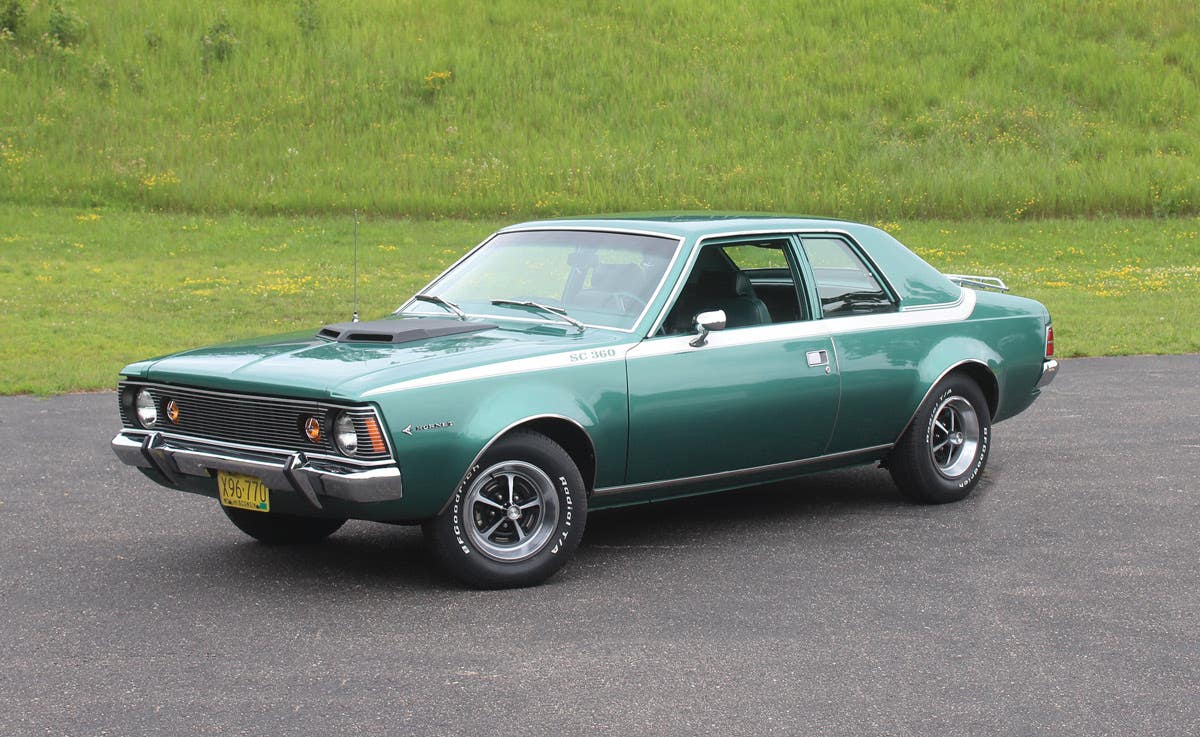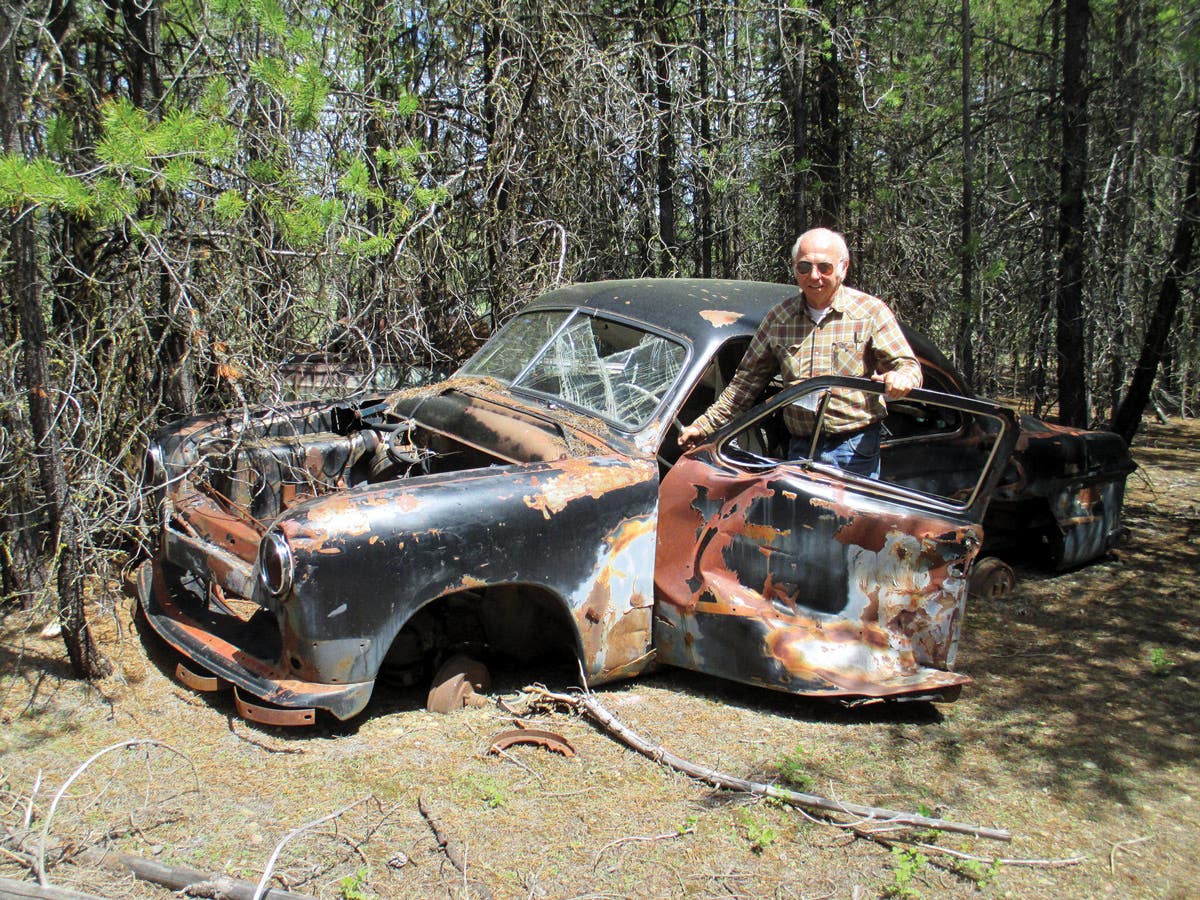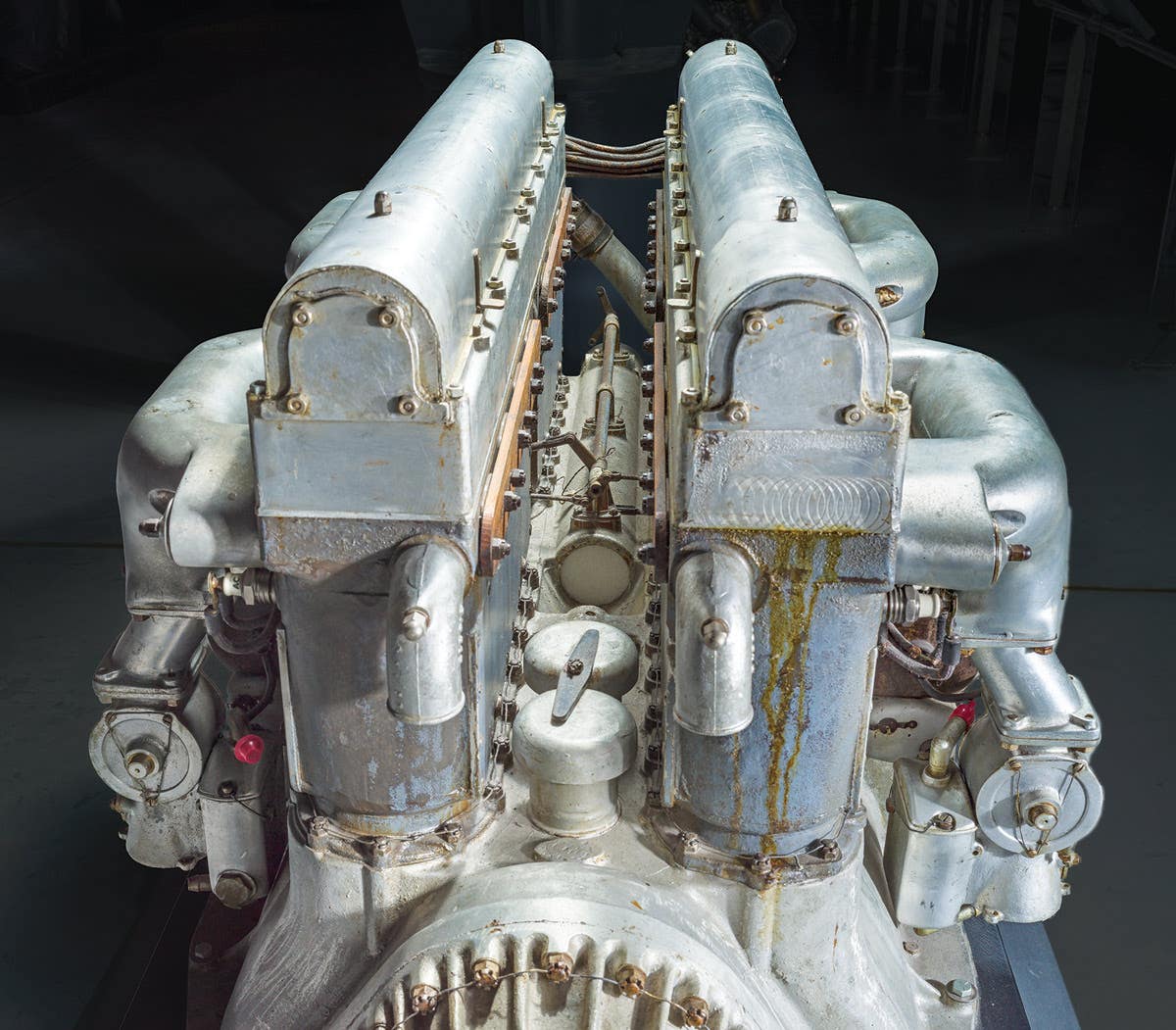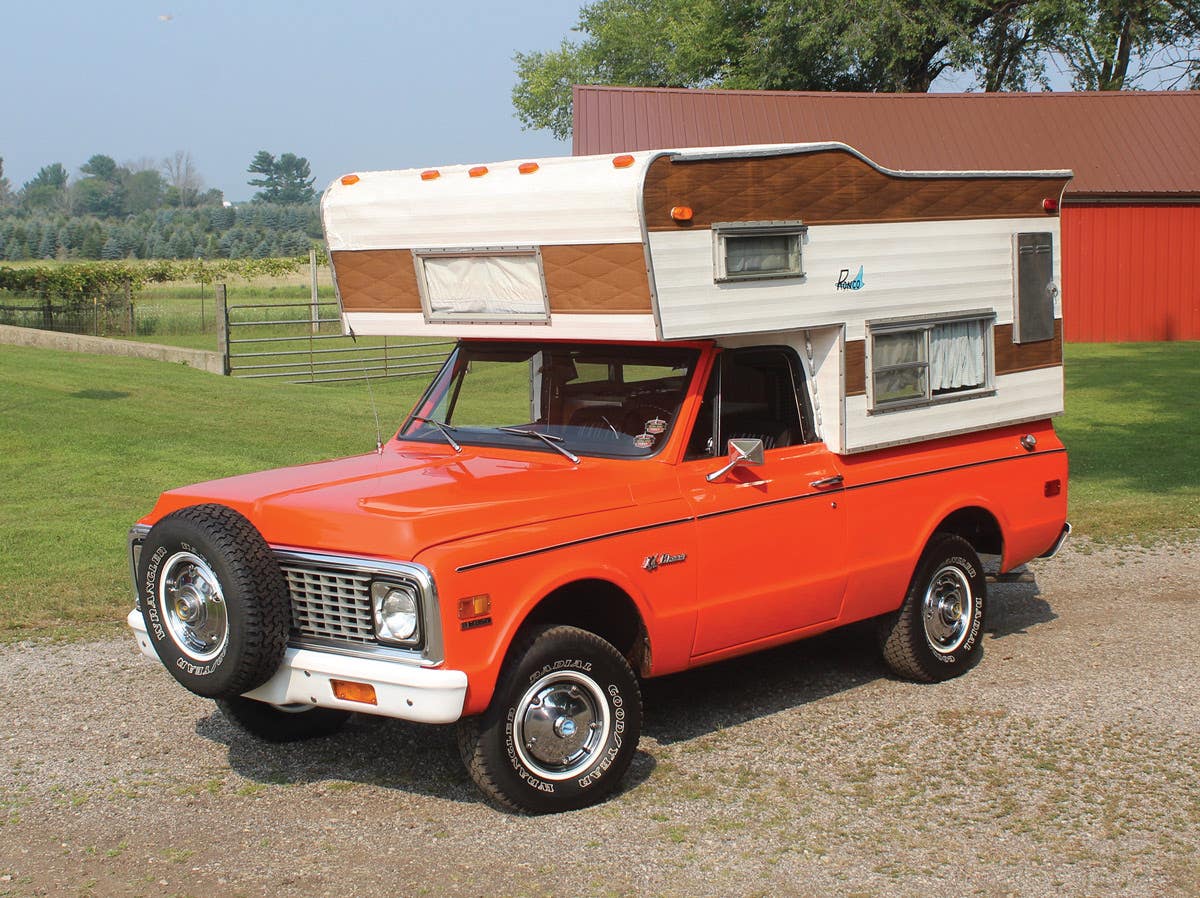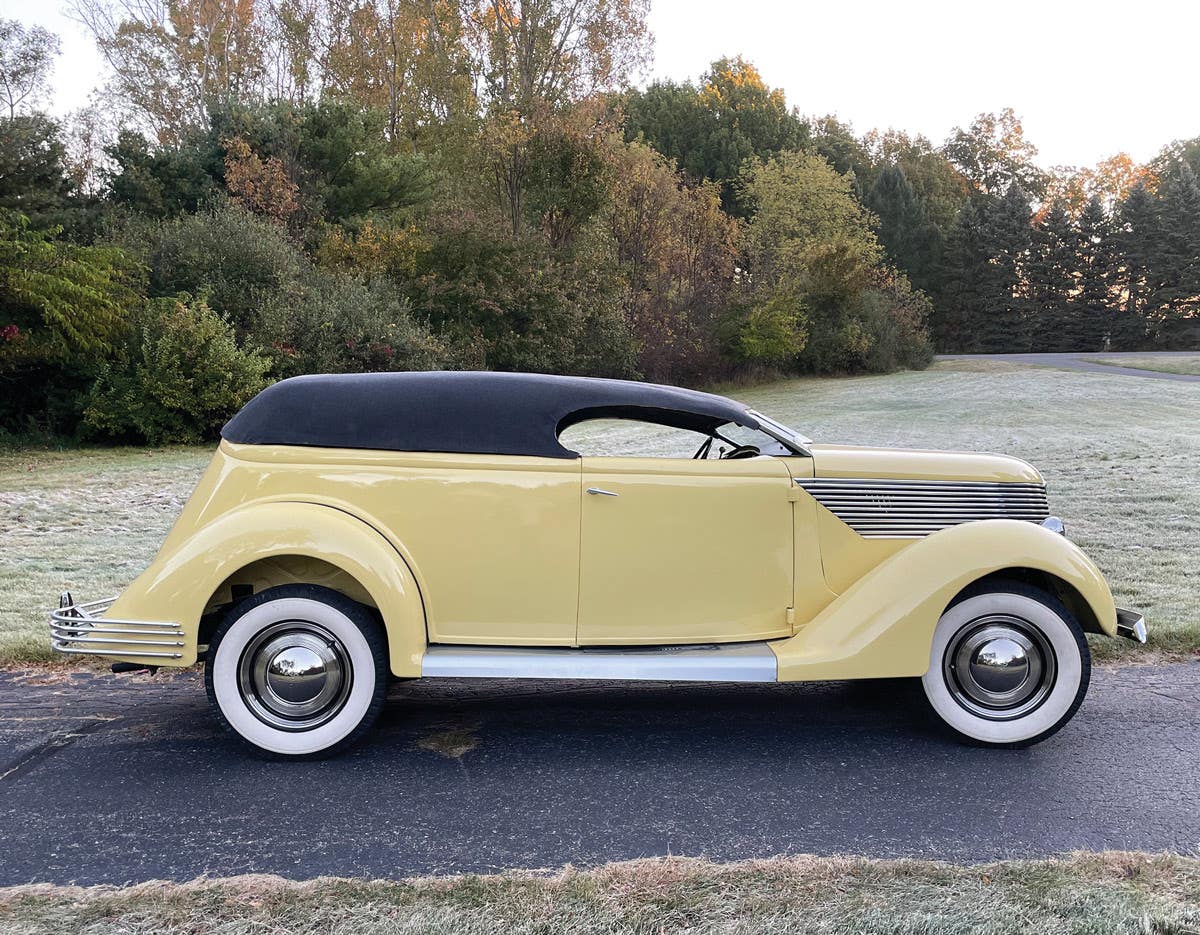The Mysterious Packard Monte Carlo: Part II
Part II of the uncovering of the mystery behind the Packard Monte Carlo.
The last time we wrote about our 1949 Packard Monte Carlo was in the Jan. 10, 2019, issue of Old Cars—more than five years ago. Much has happened to all of us since then, and it’s time to get back on track.
In introducing this column, I feel a bit like Jon Stewart of “The Daily Show,” who came back on air after a 10-year hiatus. His opening line on his first returning episode was, “It’s great to be back….now where was I?” His opening line is exactly how I feel in sharing the second part of the Monte Carlo story.
Who doesn’t like a good mystery?
Of late, I’ve enjoyed the works of Agatha Christie and her master sleuth Hercule Poirot. In a small way, we’ve had our share of mysteries and intrigue in researching some of the conundrums we have here, and by “conundrums,” I mean cars. We’re surrounded by mysterious cars here at Undiscovered Classics.
In the past, we’ve gotten to the bottom of many of the mysteries that have faced us. Some were large, some were small. Here are some examples:
Solving the riddle of a car we called the “Californian” took us more than 10 years; it’s a car whose true history is far more interesting than anything we could conjure up (search “1955 LeGene” for the full story on our Undiscovered Classics website). The family that built six of these cars contacted us after a lucky appearance on Ray Evernham’s “AmeriCarna” on the Speed Channel. Thanks, Ray!
The 1966 Cannara is another car we’ve researched that has garnered much attention of late. When I first saw photos of the car with its special features, it gently called to me that it had a special history. It turned out we were right on target. After appearing in one of Tom Cotter’s “barn find” books, we fully identified its history and relevance to the wedge car movement that started in the 1960s. Just last month, the fully restored car was unveiled at the Pebble Beach Concours d’Elegance and won the coveted Dean Batchelor Trophy to boot. Mysteries are fun to solve, gang!
Most recently, my partner Mike Puma’s deep dive into a car and its history pivoted on one piece of paper—a name that ultimately revealed a treasure trove of information and involved skipping across several states to find the family and uncover the car’s heritage. Ultimately, Mike was able to reunite the long-lost car with the family that built it. Long live the 1956 Edgar Smith Special, a sports/race car that was the final car built by a family of race car enthusiasts.
We are still working on other mysteries, and readers—such as yourself—may be able to help.
One such example is our unique 1937 Cord Phaeton, a car lengthen at the cowl by nearly 2 feet. We have beautiful photos of it from the early ’50s showing the car in pristine shape. The workmanship in how the car was lengthened and the body altered is exquisite. But who commissioned this Phaeton? Our only clue is the upscale Boston location in which the car was photographed in its earliest known photos. Research continues.
Our 1949 Panache is another example without its history. We call it the “Panache,” because it is built on a Nash chassis with a modified Plymouth/Nash body. It’s beautifully designed and built in the style of a late-1940s Alfa Romeo coupe, but there are yet no answers as to who built this striking car. When America was building hot rods, someone painstakingly created this homage to a European car, which was not often done during those times. Again, research continues.
Mysteries abound in what we do and the cars we find, but as I asked earlier, “who doesn’t like a good mystery?” Such a mystery was at stake when we decided to pull the trigger and bring home to Tampa, Fla., the elusive Packard Monte Carlo that we had glimpsed in a single online photo. As my friend Rollie Langston often says about Undiscovered Classics and what we do, “The adventure continues.”
Digging into the Monte Carlo
In the ensuing years since we purchased the Packard Monte Carlo convertible and wrote about it in Old Cars, we were able to research it further and locate three individuals who have shared with us their knowledge on the car: George Hamlin, Leon Dixon and Robert Neal. Each man is a Packard historian and expert on the Packard marque, and references to their articles that are relevant to the Monte Carlo appear at the end of this story. Here are the main points about what they had to share about the Monte Carlo:
First, the Monte Carlo Hardtop was the first project that Richard Arbib completed for Packard. It resulted in both a mock-up (hardtop Monte Carlo) and a car (convertible Monte Carlo).
Second, both Monte Carlos were based on 22nd Series Packards that were late in production. The hardtop coupe mock-up used a Custom 8 convertible with a 127-inch wheelbase, and the convertible used a Super 8 convertible with a 120-inch wheelbase.
Dan Palatnik, of Rio de Janeiro, Brazil. To learn more about Dan and his work, visit www.UndiscoveredClassics.com
and search for “Dan Palatnik. Mike Puma
Coachbuilder Henney Motor Co. built the Monte Carlo mock-up and the Monte Carlo convertible and then gave the convertible to a local dealer in Freeport, Ill., to use for publicity purposes.
The ownership history of the Monte Carlo convertible after it was given to the dealer is unknown until 1988, when the car was found.
The creation of the mock-up and the convertible tested the waters with the new Henney owner (Charles Russell Feldmann, who bought Henney in 1946), and the new Packard president (Hugh Ferry, who was promoted to the position in 1949). In terms of design and build quality, the Monte Carlo project was deemed successful and led to a strong relationship between Packard, Henney and Arbib.
After the 1949 Monte Carlo project, Arbib went on to design and build with Henney two other show cars for Packard: six Pan-American show cars in 1952, and two Monte Carlo show cars in 1953.
Although both 1949 Monte Carlos were based upon 22nd Series Packards, each was customized in different ways. However, each car was modified to embrace the changes to 23rd Series Packards in order to make them appear as much as possible as the forthcoming models. The Monte Carlo project took place in mid 1949, so the look for each car was designed to incorporate that of the 23rd Series Packards, which would be available in the latter half of 1949 and the full 1950 year. It appears that Henney wanted to show what was possible in the last one-and-a-half years that the 22nd and 23rd Series Packard styling would be available to the public.
The consensus from authors is that the Monte Carlo proposal might have worked in June 1947, but in June 1949, the timing was too close to the new 1951 Packard models, which would introduce an entirely new body style.
Author Leon Dixon felt that the introduction of the Monte Carlo as an “image” or “halo” car might have helped restore Packard’s place in the upper hierarchy of luxury cars. It might have also been marketed as a separate line in a sports/luxury vein.
So what do we have?
So what exactly is sitting in our garage at Undiscovered Classics? Several intriguing and entertaining possibilities exist. Is it a lost Packard show car? A one-off ordered from Henney by a dealer for personal use? Did a dealer commission a Monte Carlo convertible for publicity purposes?
Perhaps it was a prototype of a “halo” model, which is designed have a “halo effect” of making customers think more highly of the whole product line—even if they couldn’t afford the flagship car. Examples of such halo cars include the Studebaker Speedster, the 1953 Cadillac Eldorado convertible, the 1957-’58 Eldorado Brougham, the 1956-’57 Continental Mark II, the 1953 Buick Skylark, the 1953 Oldsmobile Fiesta, the 1953 Kaiser Dragon, the 1954 Hudson Italia, the 1955 Chrysler C-300 and so on.
Was the Monte Carlo a first postwar attempt by an automaker to create a new brand from its existing marque, such as the later Imperial, Continental, Edsel and Valiant?
Or, was it the first postwar attempt of a Packard dealer modifying an existing car in its showroom to create a car that only they would offer to the public? This was something that was later done by at least one Packard dealer. In 1956, Harry DuBois created Packard “Caribbeans” out of Packard 400 models. Then, in a even more extreme move, he created a dealer-produced Packard model he called the “Esquire” using the Packard 400 as the basis for customization.
Maybe the simplest explanation will prevail. Perhaps the Monte Carlo convertible was the natural result of a proposal by Henney in which it first had a design (by Arbib), then a mock-up in clay (by Henney) and then finally a driving example to show what the car looked like and how it presented itself in person.
We may never know the full story of the Monte Carlo convertible. In the next part of this story, we’ll talk about what we do know upon a thorough hands-on examination of the car, as well as a more detailed history on the relationship between the Henney Motor Co. and its newly hired designer, Richard Arbib.
Tune in shortly for the final chapter of the “Mysterious Packard Monte Carlo” story.
At Undiscovered Classics, “We find, research, restore, show and sell America’s lost automotive treasures. Visit www.undiscovered
classics.com to learn more.
REFERENCES
The Packard Cormorant: Spring, 1975: George Hamlin, “The World and Packards of Richard Arbib”
Collectible Automobile: October 1992: George Hamlin, “Richard Arbib: Specialty Designer”
Packard 1948 to 1950: Book – 2011: Robert Neal
The Packard Cormorant: Fall, 2018 No. 172: George Hamlin, “The World and Packards of Richard Arbib” (update of Hamlin’s 1975 article)
The Packard Cormorant: Winter, 2018 No. 173: Leon Dixon, “The Long and Winding Road of the Packard Pan Americans”
Geoffrey Hacker has done a wonderful job putting together a digital book on the Packard Monte Carlo. The information and production is impressive. You can download it for free HERE! Thank you Geoffrey.
If you like stories like these and other classic car features, check out Old Cars magazine. CLICK HERE to subscribe.
Want a taste of Old Cars magazine first? Sign up for our weekly e-newsletter and get a FREE complimentary digital issue download of our print magazine.



